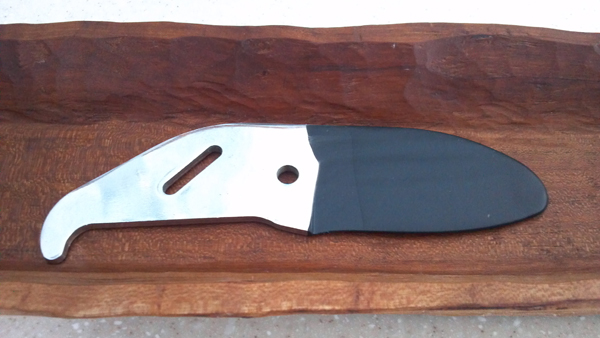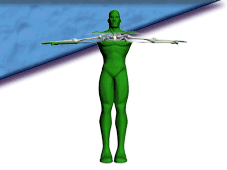The Winning Trend in Body Therapy Today is Instrumentation

Dr. Young Is Now Certified In The Use Of Soft Tissue Mobilization Using This Device
What is INSTRUMENTATION and what condition can it help?
Instrumentation could be your answer for back spasms, neck pain and stiffness, shoulder pain and restriction, tennis elbow and other tendonitis conditions, pelvic and sacroiliac muscle problems, ITB and leg conditions, ankle and foot pain and dysfunction, and mid-back and rib pain.
Instrumentation in physiotherapy and Chiropractic, refers to the breaking up and normalizing of soft tissue/ connective tissue contractures, adhesions, spasms, and contortions by the use of various hand-held tools that stimulate blood flow and relieve tissue congestion. This is done by the use of instruments such as the one pictured above. The past few years have seen the development of several formal techniques that train practitioners in the use of their own specific instruments. The results of many of these procedures has stood the test of time and produced results that have redefined how therapists treat chronic orthopedic conditions.
Instrumentation techniques are often referred to by partial acronyms such as IASTYM (Instrument Assisted Soft Tissue Mobilization), or ASTYM (Augmented Soft Tissue Mobilization). An overall list of the instrumentation techniques includes the following:
1. Graston technique - practitioners are certified in the use of a mix of six stainless steel tools of different shapes and sizes to detect and correct adhesions and contractures.
2. Gua Sha (Chinese) technique - generally regarded as the original form of instrumentation, this technique is sometimes referred to as "scraping", "spooning", or "coining". The procedure involves repeated, pressurized strokes over lubricated skin with one of several tools of different shape and size. The tools are frequently made from a natural, smooth, volcanic material called obsidian.
3. ASTYM treatment - physical and occupational therapists are trained and certified in the use of the astym tools, also of various sizes and shapes, generally made of a smooth, hard plastic material. These are used to locate and correct dysfunctional soft tissues.
Return to the Articles Page
Return to the Where's Your Pain? Page



